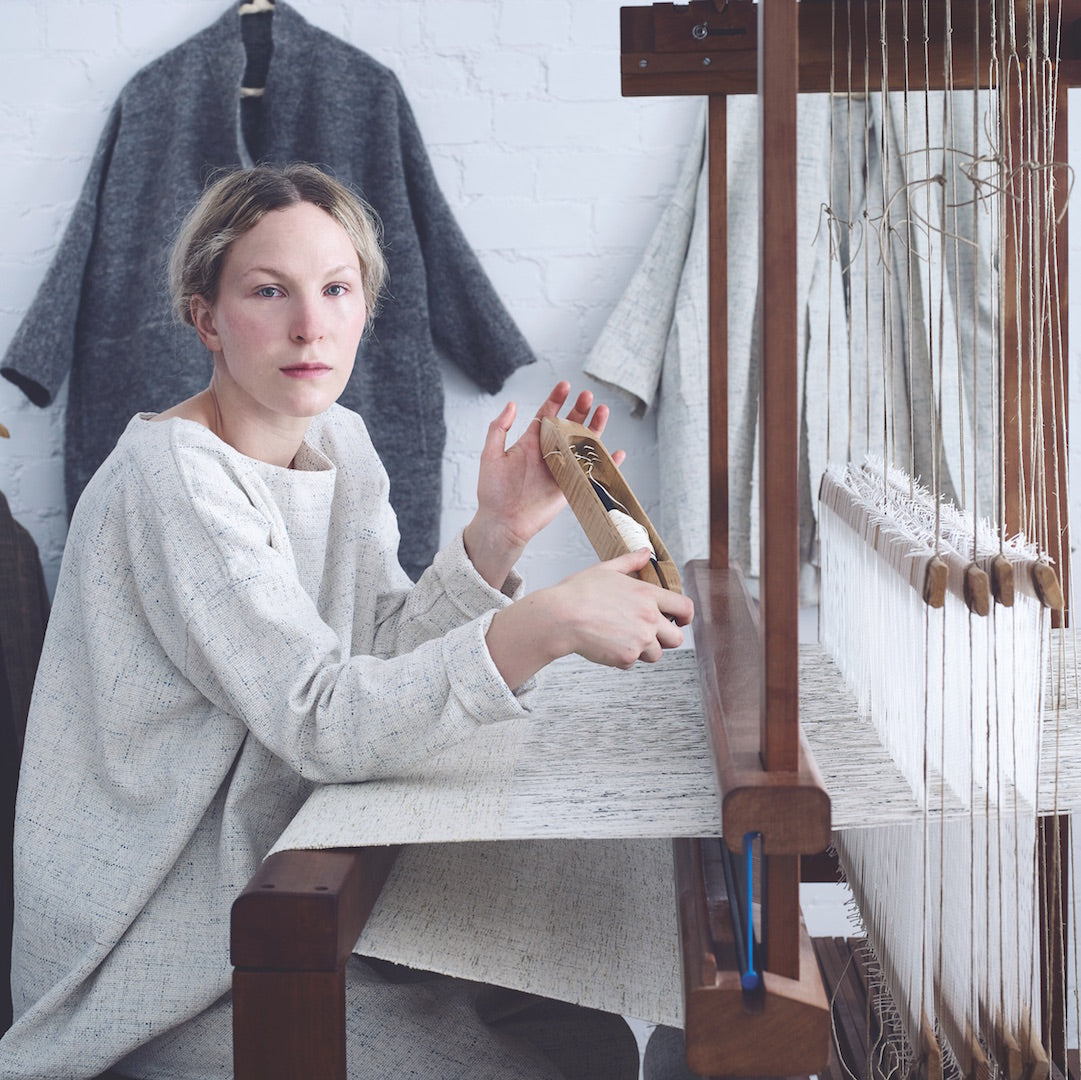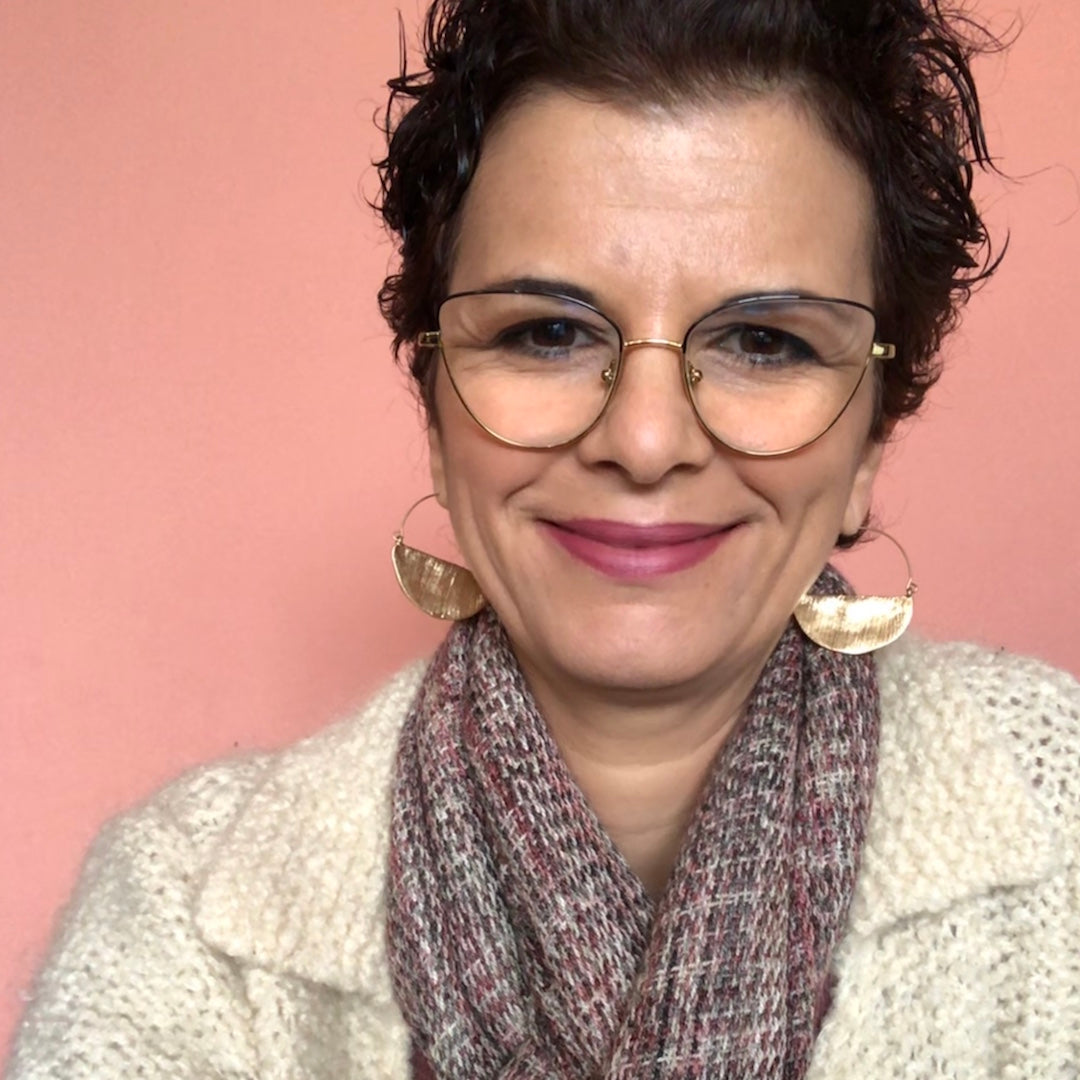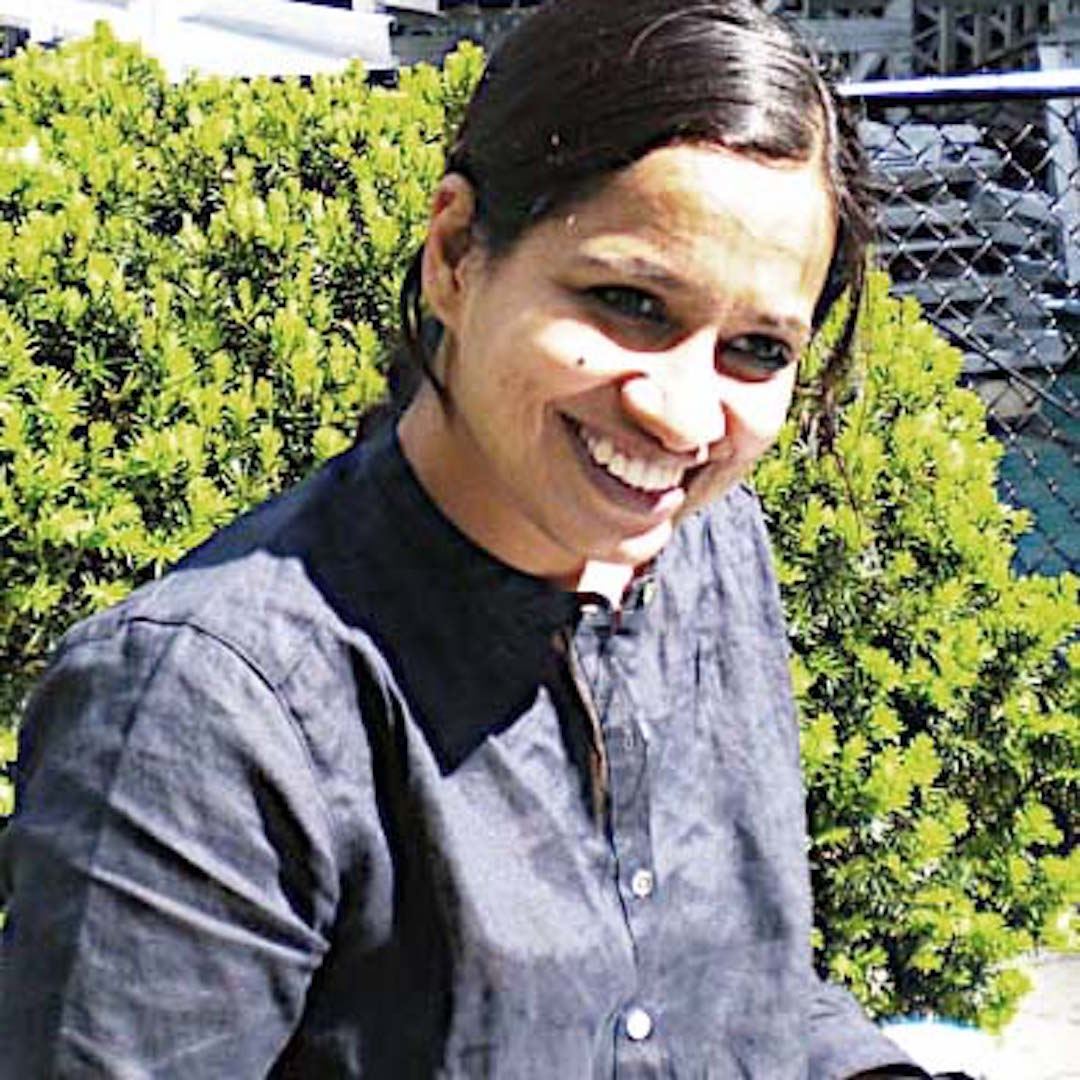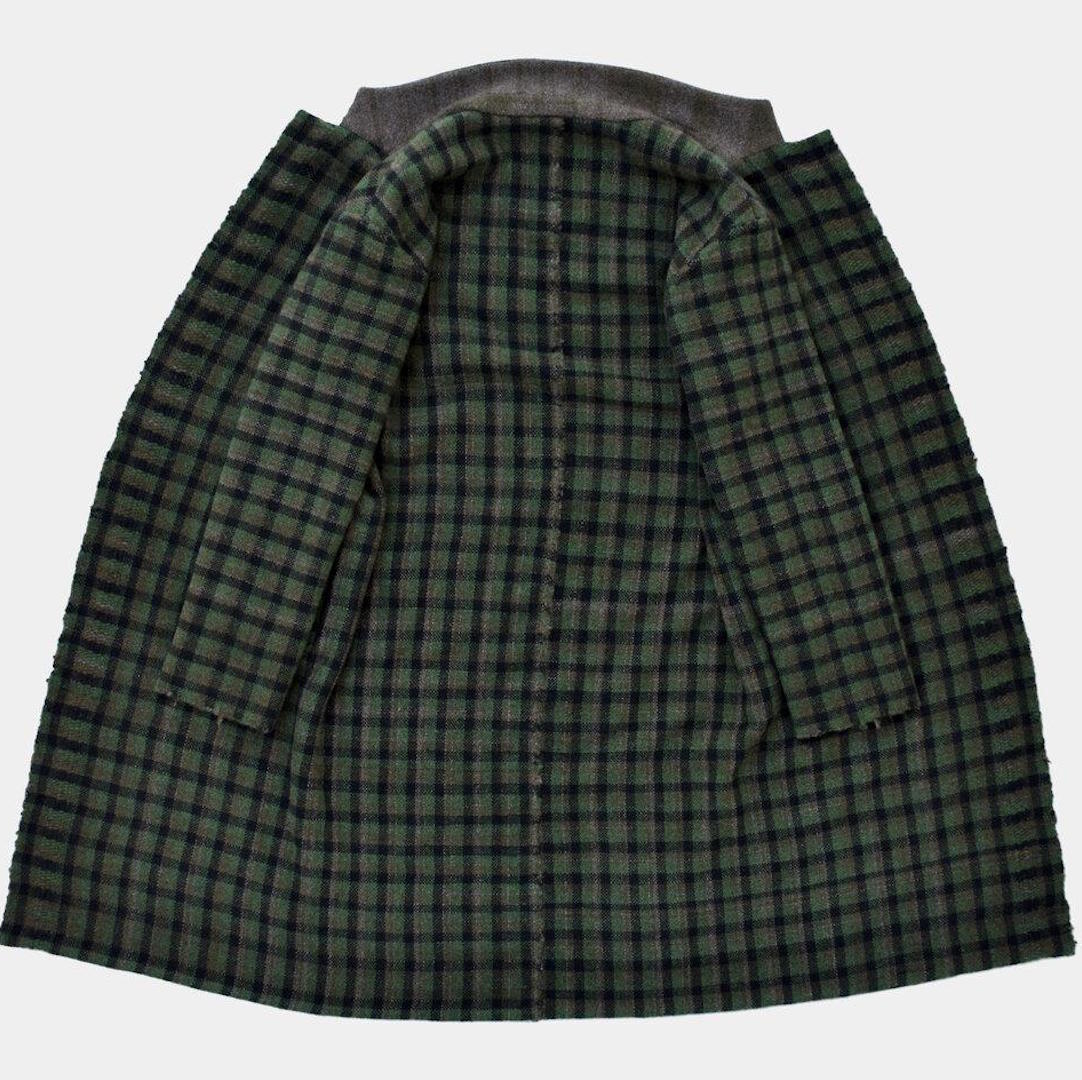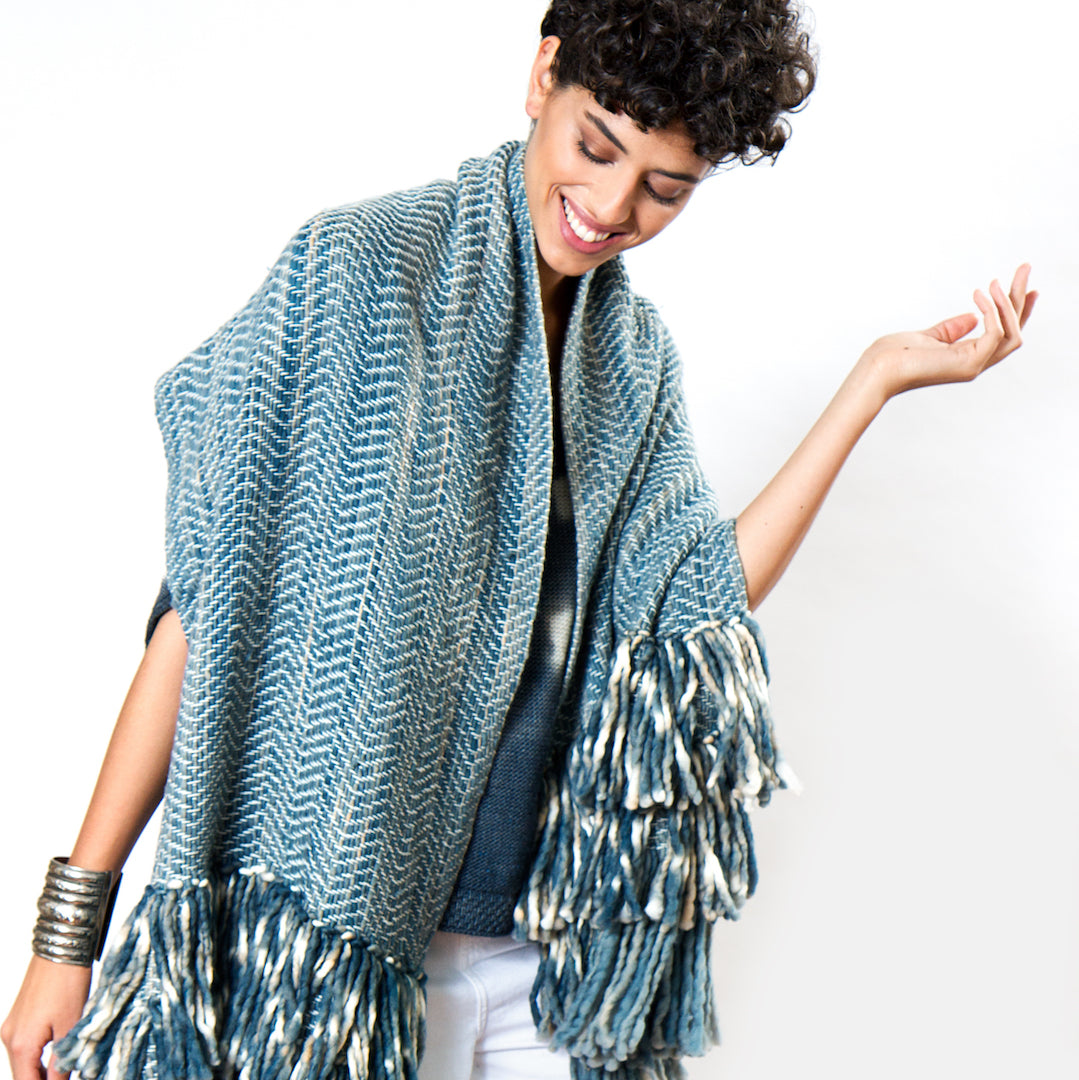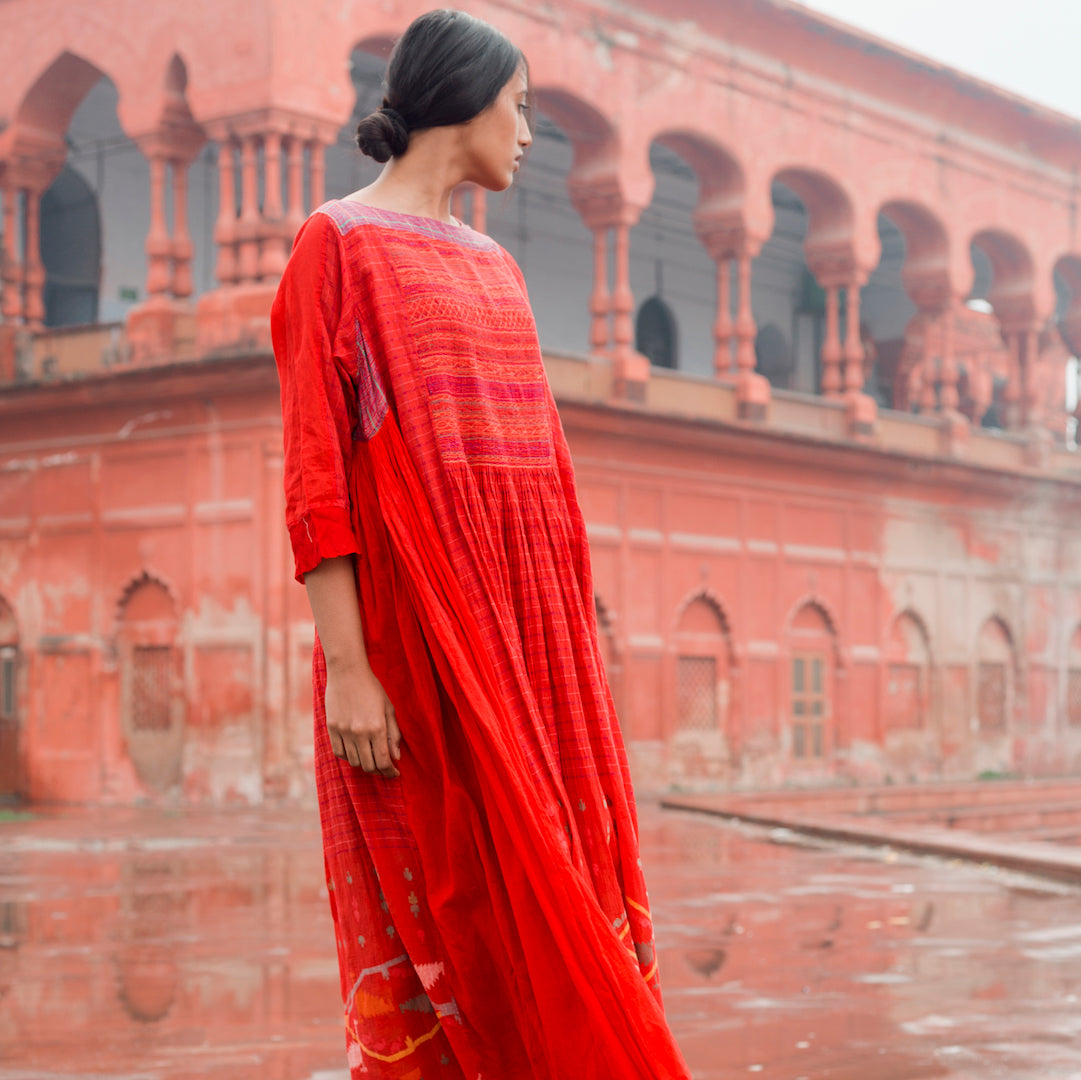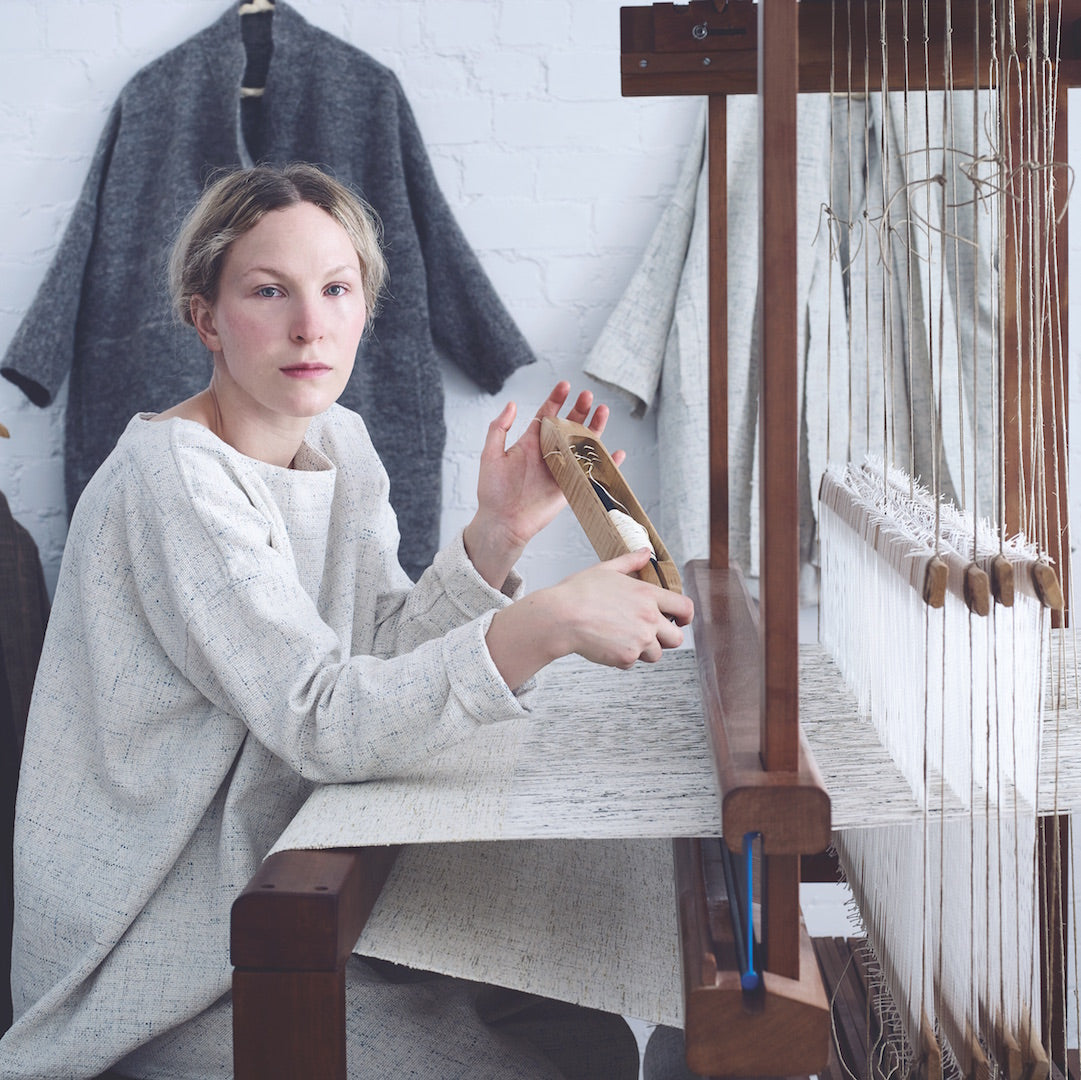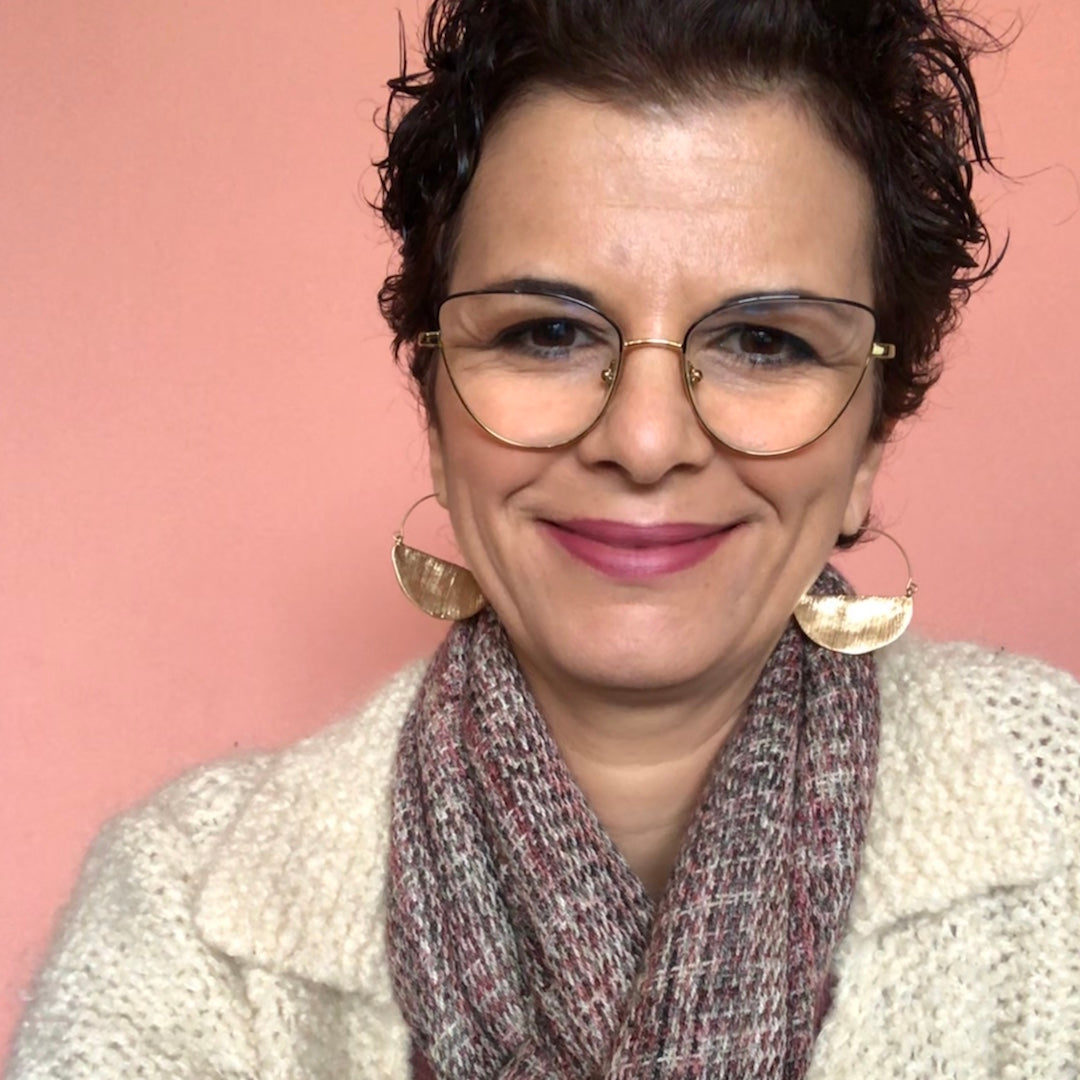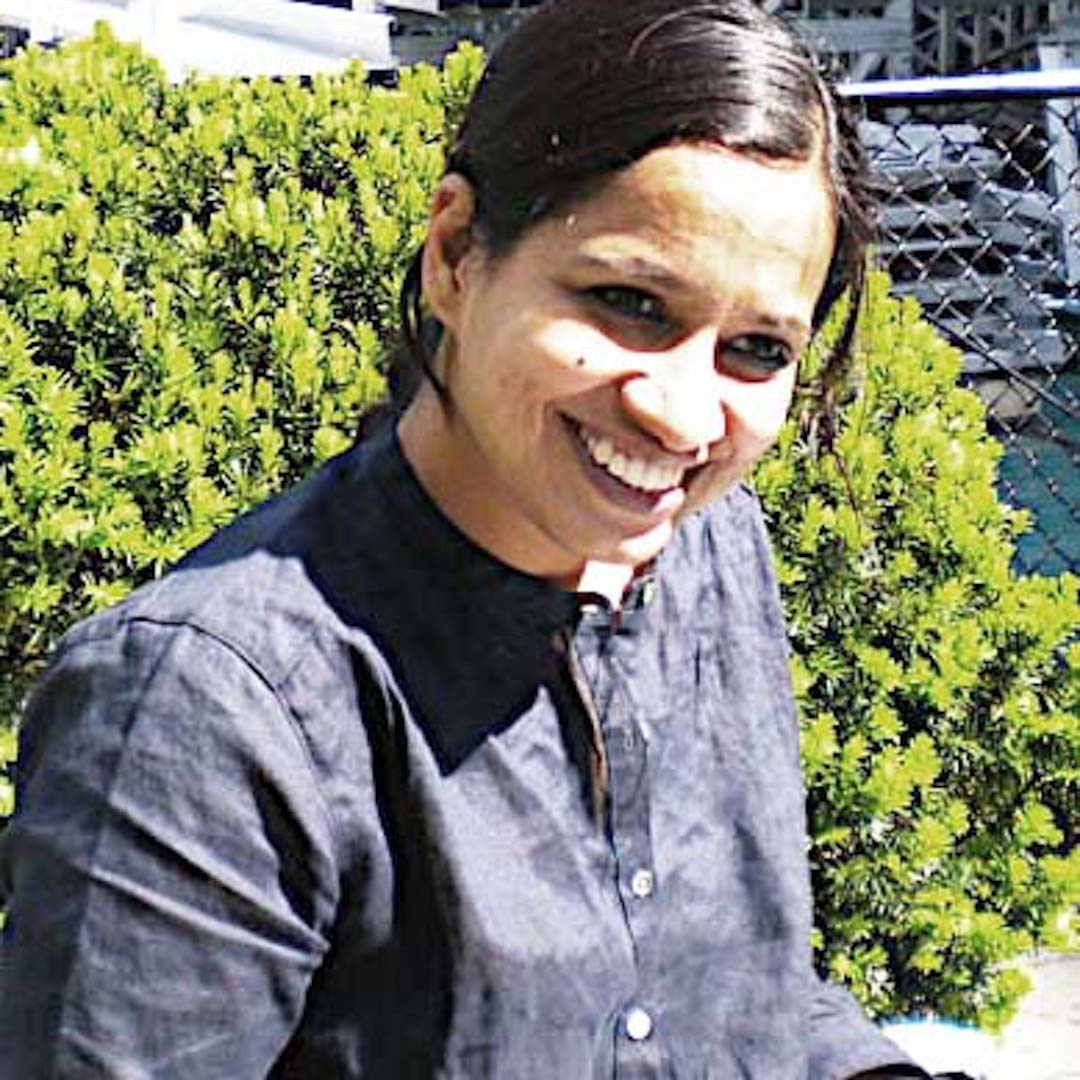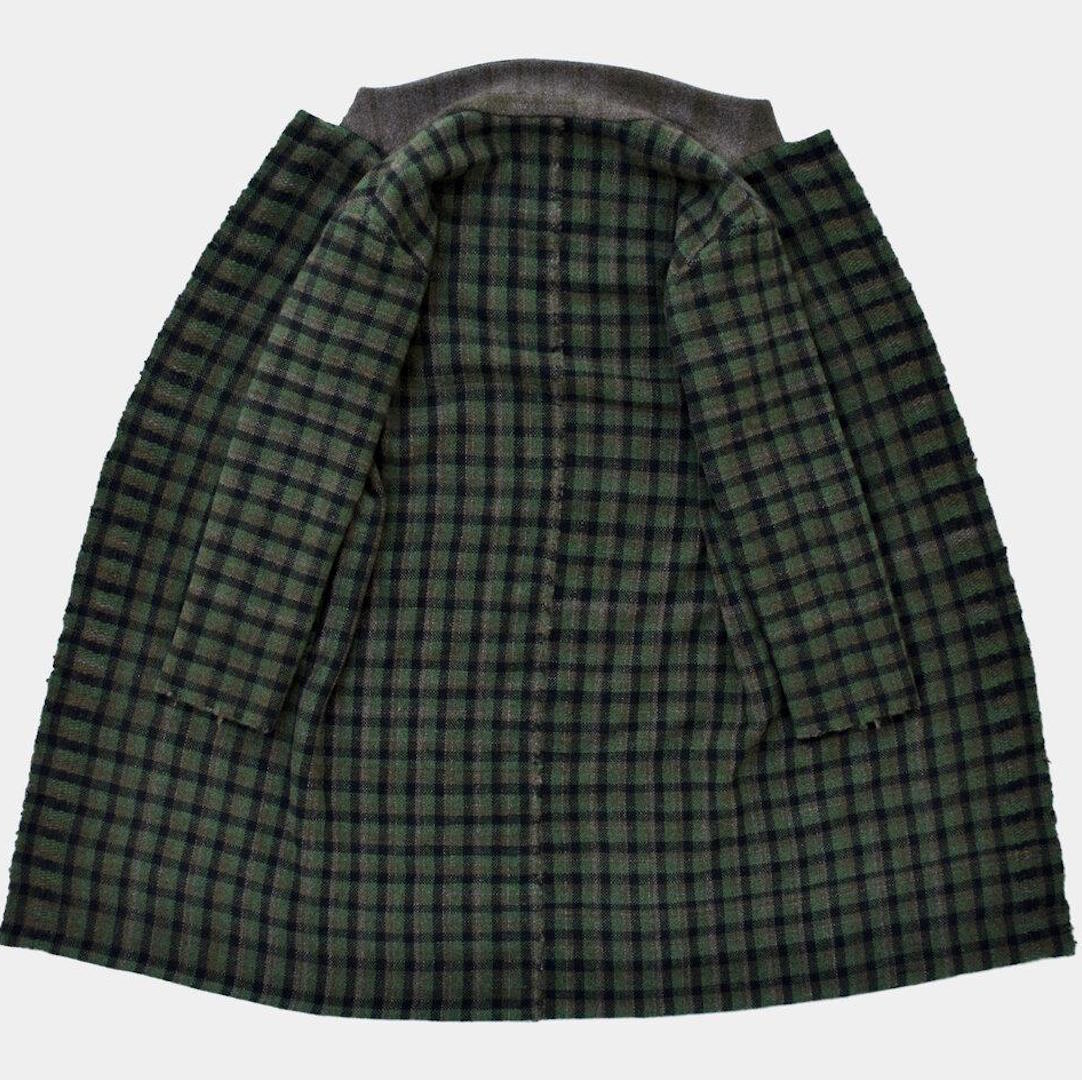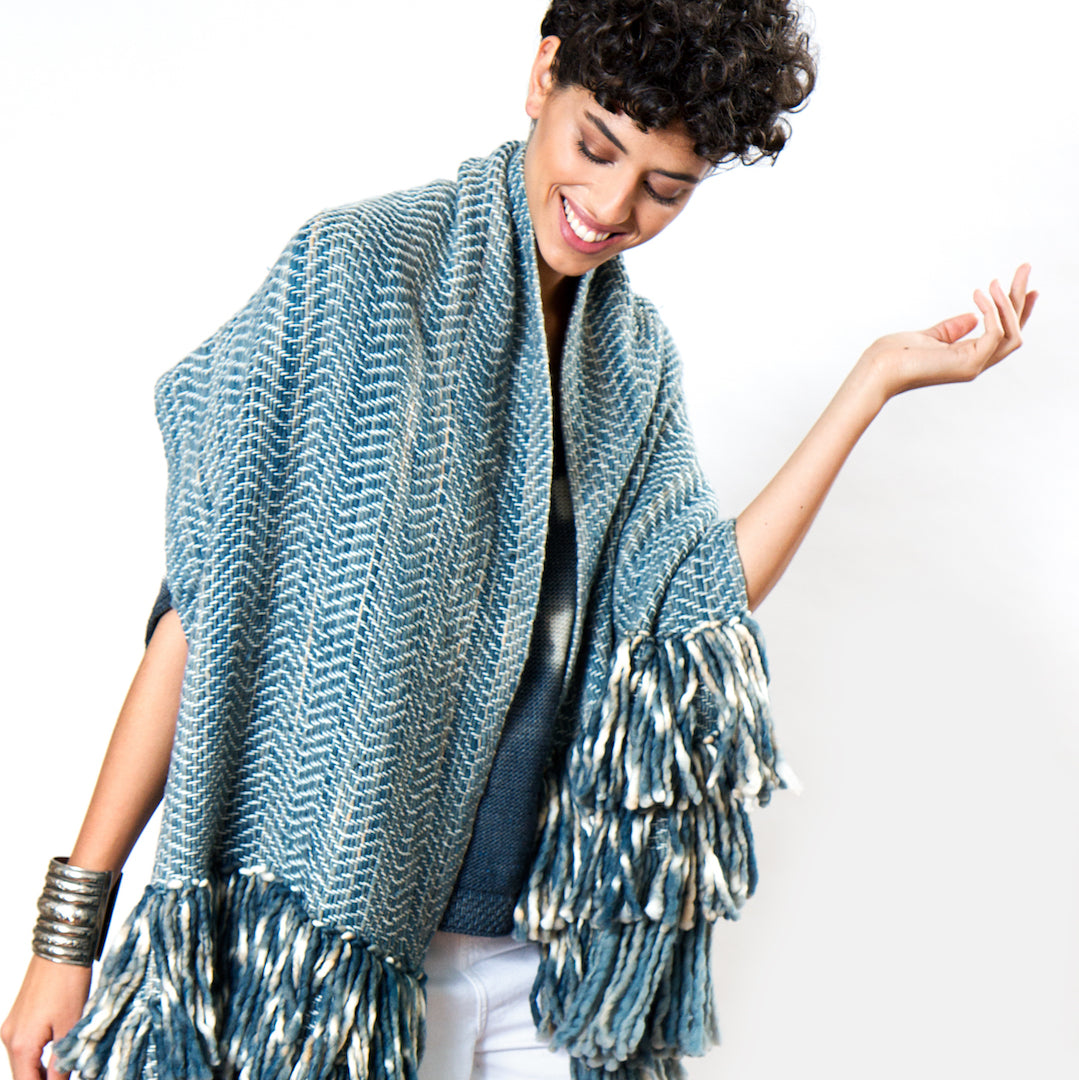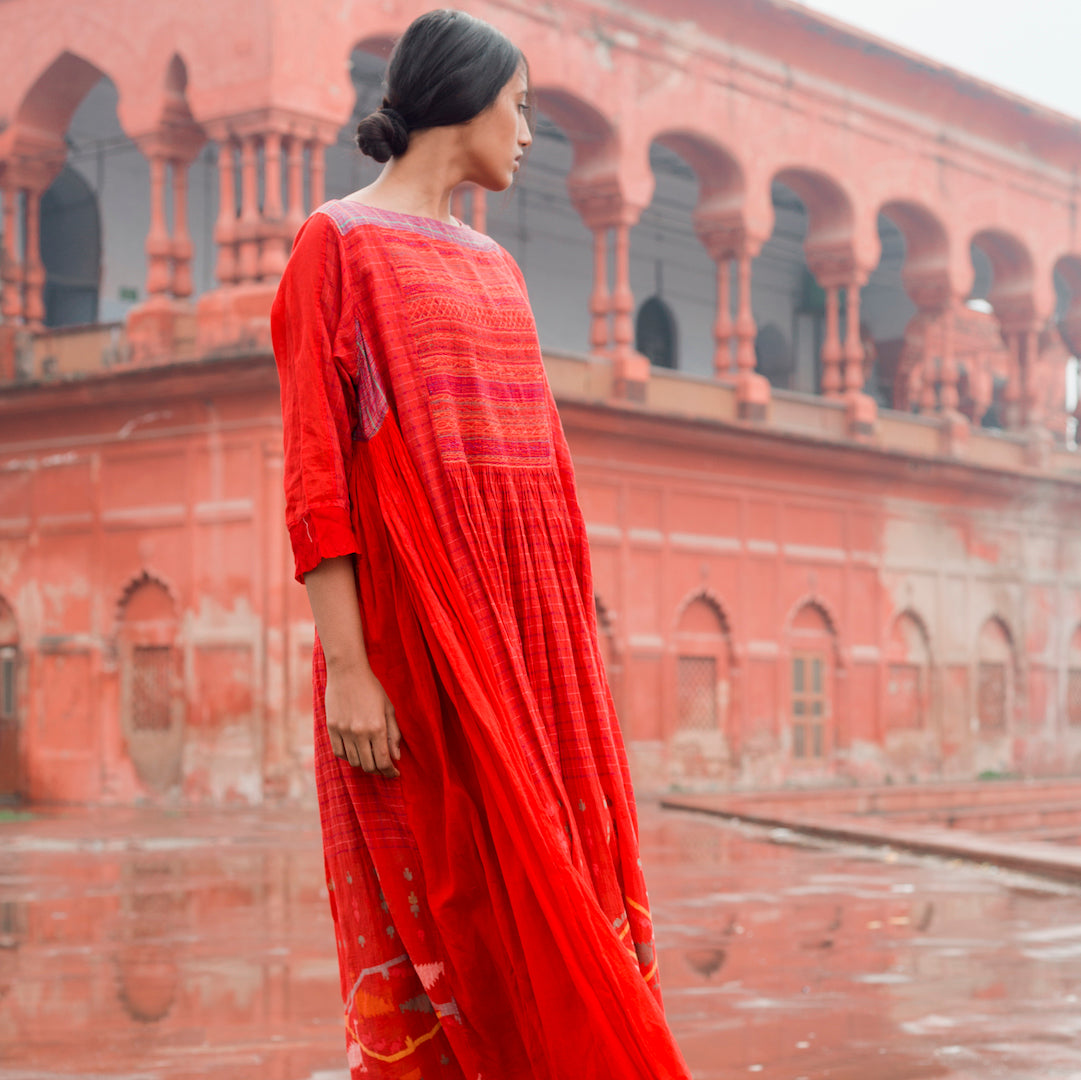5 September, 4-5pm BST, Contemporary Interpretations with Access Links
Selvedge Foundation
Couldn't load pickup availability
ZOOM LINKS TO ATTEND THE TALKS ARE TIME SENSITIVE SO WILL BE ACCESSIBLE CLOSE TO THE START TIME OF THE TALK. PLEASE DO NOT TRY AND ACCESS THE TALK PRIOR TO THE START TIME.
CONTEMPORARY INTERPRETATIONS
Amy, Ana and Chinar will give us an insight into the their processes of designing and making textiles and how they use traditional textile practices to create contemporary pieces that pivot on the edge between art and textiles. The presentations will be followed by a discussion and questions.
Saturday 5 September, 4-5pm BST (British Summer Time, London, UK)
Virtual event, hosted on Zoom
Zoom link to event:
https://zoom.us/j/94347380669?pwd=MzBqaDdVSTJlUk1uTWptWGhpL3lxdz09
Passcode: 239958
Presentations and discussion with Amy Revier (USA), Ana de Prado, designer at Manos del Uruguay (Uruguay) and Chinar Farooqui, founder of Injiri (India)
Amy Revier
A maker at the forefront of a new generation of design-makers working in fine art, fashion, design and craft, Amy is a hand-weaver who has an intelligent understanding of the physical and a curiosity beyond a single product.
Originally from Texas, a state whose weaving history and traditions are markedly different to those in Europe. Amy's introduction to, and basic understanding of the craft, refer back to a more primitive and earthy aesthetic and approach to making. Amy studied art history and sculpture at university with a focus on the relationship between shape and performance. The correlation between her undergraduate interest and current practice seem obvious when you see her at work behind the loom; the process of weaving becomes a performance of making shapes in itself.
Manos del Uruguay
All textiles manufactured and distributed by Manos del Uruguay encourage economic and personal growth of its artisans; each piece bears a tag noting the craftswoman who made it, and where the work originated. The company, a not-for-profit since 1968, is organised into small cooperatives based in the rural villages where the artisans live and work. Manos, after being carefully vetted, joined the World Fair Trade Organisation in 2009. This organisation employs 200 artisans throughout 12 localities in Uruguay. These ethics help to keep women in their homeland, able to support their families and teach traditional skills and values to new generations.
Manos was with the singular goal of promoting and defending the Uruguayan way of life - their capability to sustain themselves economically while honouring their long-held traditions and cultural values. Demand for handmade products in the global market and weaving the essence of its people into its textiles sustains this organisation in its mutual goals of economic viability and support of its regional people.
Injiri
Launched in 2009 as a clothing brand by Chinar Farooqui, Injiri believes in the beauty of hand-weaving processes. Injiri process centers around working closely with master weavers and their textile vocabulary, across various parts of India. Being constantly engaged in conversations with these keepers of intangible human heritage. Design stories start with curating and studying old pieces of textiles which showcase the crafts at its purest forms. Injiri as a brand is more about story-telling, the end point is reflective of the journey of many processes. The brand focus is on textile development and sustainable usage of textile techniques and the materials.
Curating an aesthetic around absolute simplicity and working within the limitations of textile techniques, Injiri is featured and placed in several stores all over the globe. Celebrating the living tradition of crafts in India, the brand has found resonance with aesthetes across the world. Most crafts in India, especially the ones of textiles, have unique codes pertaining to the geography they come from. From the selvedge being built to protect the fabric for generations of usage, to motifs that reveal the identity of the soil it rises from. The brand focuses on such details and celebrates fabric from its inception in the yarn to the end of the process in the tangible product. In olden days making clothes was a very slow process and allowed the maker to do each piece at leisure. In the past woven material was a precious commodity and was used frugally. The “hand-made” quality in antique pieces is very evident and injiri is inspired by such craftsmanship over and over again.
Share
